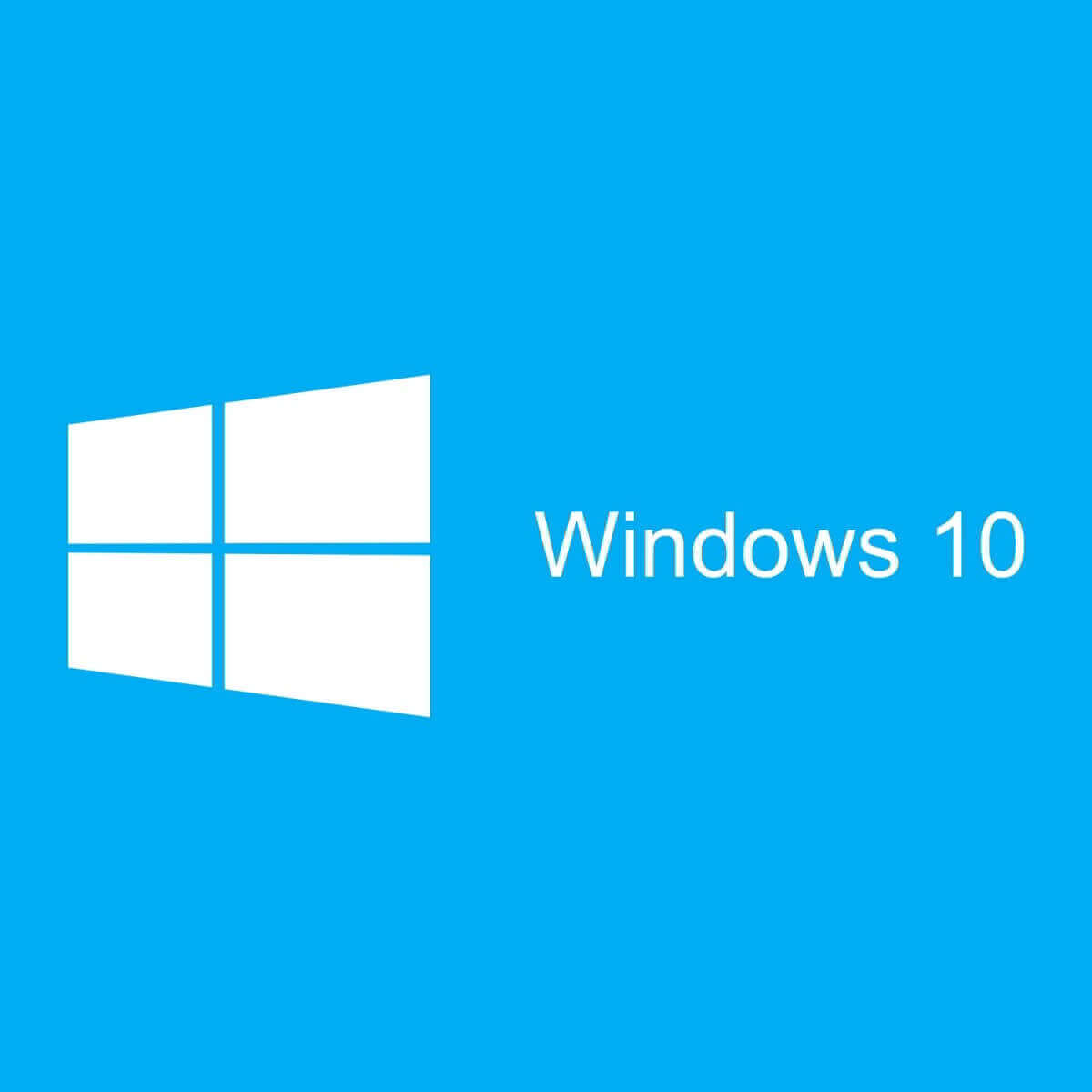
In addition, you cannot create multiple auto-triggered profiles in a computer. When you need to revert back to default auto-population, try: Remove-VpnConnectionTriggerTrustedNetwork Trusted networks for auto triggered VPN connections Add-VpnConnectionTriggerTrustedNetwork Remove-VpnConnectionTriggerApplication –ApplicationID -PassThru

For example, Note is C:\Windows\System32\notepad.exe. (For example, Skype app is Microsoft.SkypeApp_kzf8qxf38zg5c.) Traditional software uses the binary installed path. How to add applications to the VPN profileĪdd-VpnConnectionTriggerApplication –ApplicationID -PassThruĪpplicationID: Modern apps use their identifier.Remove-VpnConnectionTriggerDnsConfiguration –DnsSuffix -PassThru If you want to remove name suffixes, try the command: Name is the connection name and cannot be modified.ĭnsSuffix is the suffix for the triggered VPN connection.ĭnsIPAddress is the IP-Address/URL of the remote server to which the connection is to be established. (Good for configuring a lot of name suffixes) SyntaxĪdd-VpnConnectionTriggerDnsConfiguration –DnsSuffix –PassThru

Here are useful PowerShell cmdlets for automatically triggering VPN connections in Windows 8.1. User just clicks a corporate application requiring VPN and the network will trigger itself if it is disconnected.įor administrators, you can use PowerShell to manage the VPN profile and perform complex tasks in scripts. The capability is available with Microsoft and third-party inbox VPN clients.

Windows 8.1 has the “auto-triggered VPN” feature to easily and automatically connect with corporate virtual private networks (VPNs). On demand is available for Windows 8.1 and Windows 10. It can be configured via PowerShell, as described below:Īutomatically Triggering VPN Connections in Windows 8.1 PowerShell cmdlets


 0 kommentar(er)
0 kommentar(er)
